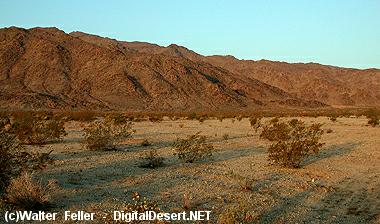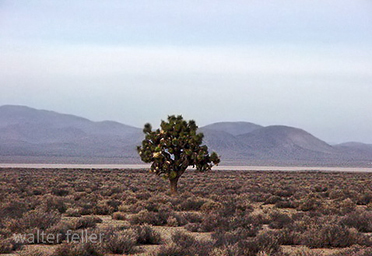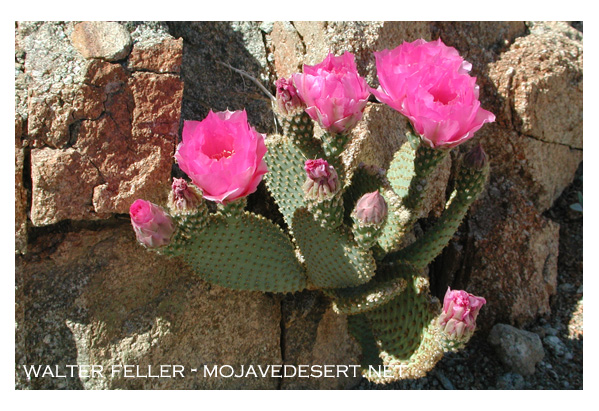The Mojave Desert is a vast and fascinating landscape known for its extreme temperatures and unique biodiversity. Plants and animals have adapted to survive harsh conditions. Understanding their scientific names can provide insights into their classification and evolutionary history. In the following, we will explore some scientific names of Mojave Desert plants and animals.
Plants:
1. Yucca brevifolia – Commonly known as the Joshua tree, Yucca brevifolia is an iconic sight in the Mojave Desert. Its scientific name refers to the short leaves (brevifolia) that distinguish this species.

2. Larrea tridentata – Also known as the creosote bush, Larrea tridentata is a desert shrub that thrives in the Mojave Desert. Its scientific name reflects the three-toothed (tridentata) leaves that are characteristic of this plant.
3. Opuntia basilaris – The beavertail cactus, scientifically known as Opuntia basilaris, is common in the Mojave Desert. Its scientific name refers to the basal (basilaris) pads that resemble a beaver’s tail.
Animals:
1. Crotalus cerastes – The sidewinder rattlesnake, scientifically known as Crotalus cerastes, is a venomous snake found in the Mojave Desert. Its scientific name refers to its scales’ horned (cerastes) appearance and unique sidewinding locomotion.

2. Dipodomys deserti – The desert kangaroo rat, scientifically known as Dipodomys deserti, is a small rodent that inhabits the Mojave Desert. Its scientific name reflects its desert habitat (deserti) and its kangaroo-like hopping behavior.
3. Phrynosoma platyrhinos – The desert horned lizard, scientifically known as Phrynosoma platyrhinos, is a reptile known for its unique appearance and defensive behavior. Its scientific name refers to this species’ flat-nosed (platyrhinos) characteristic.
These are just a few examples of the scientific names given to plants and animals that call the Mojave Desert their home. Understanding these names allows scientists and researchers to classify and study these organisms more effectively. It also highlights life’s incredible diversity and adaptability in this harsh environment.
As we continue to explore and learn about the Mojave Desert’s flora and fauna, let us appreciate the scientific names that provide a deeper understanding of the incredible plants and animals that thrive in this unique ecosystem.




